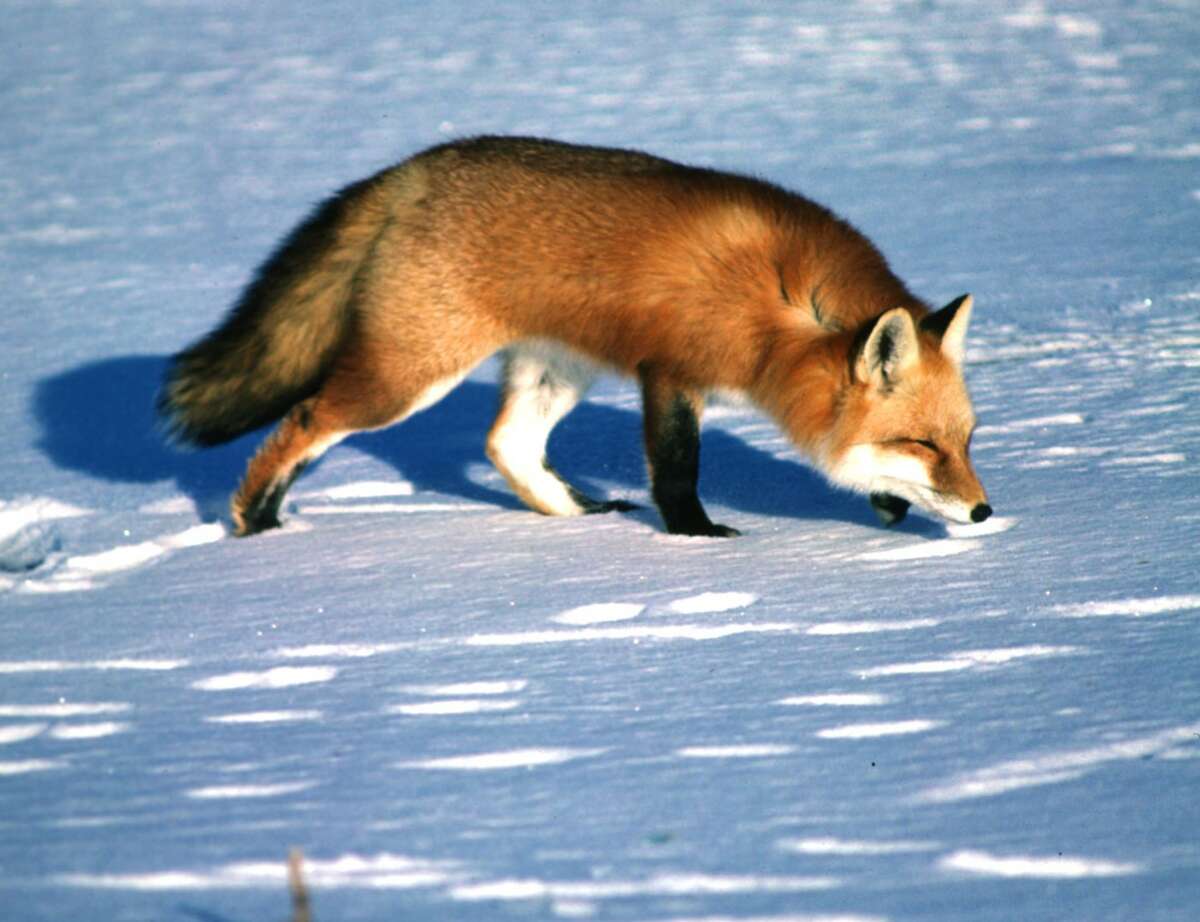EDITORS NOTE: This is the second of a three-part series focused on how local wildlife not only survive, but thrive in winter. The first story looked at the sort of animals that take a long winter’s nap. Next week, we’ll look at our scaly neighbors — fish, amphibians and reptiles, and see where these cold-blooded creatures go once the snow starts to fall.
In the dead of winter, things may seem still and lifeless, but deep under the snow lies a secret world that is teeming with life.
It’s called the subnivium, and while many have never heard of it, this hidden habitat is vital for many organisms to outlast winter.
The subnivean zone is a seasonal microhabitat beneath the snow and above the ground — and many organisms that persist through winter find refuge there, according to Steve Griffith, a wildlife biologist with the Michigan Department of Natural Resources.
“It is a temporary situation underneath the snow,” Griffith said. “In some cases, it’s providing cover — so (animals) are active under that blanket of snow.”
The name subnivium comes from the Latin words for under (sub) and snow (nives) which refers to the hollow spaces that form between deeply-layered snow and the ground underneath, according to publications by the Michigan State University Extension.
Griffith notes that several small mammals, particularly mice and voles, depend on the subnivean zone for survival.
It might seem counterproductive for these small creatures to seek shelter from freezing temperatures under a snowpack, but it’s actually much warmer here than out in the open, Griffith said.
As snow accumulates, it acts like a giant blanket holding in the earth’s heat. Six inches or more of snow creates enough insulation to warm up and melt areas just above the ground, according to the MSU Extension.
“Snow is an insulator, so in the air pockets it’s warmer than the air temperature,” Griffith said.
Even when it’s freezing cold out, the subnivium stays not only warmer, it also holds a steady temperature at around 32 degrees, according to research by the University of Wisconsin.

A red fox hunts for animals like mice and voles hidden beneath the snow.
Provided photo/Dave Kenyon/Michigan Department of Natural Resources
The MSU Extension notes two ways the subnivean zone is formed:
Sticks, vegetation and other natural objects help hold the snow up, which creates open space that provides space for animals to remain active in winter.
The subnivean layer can also be created as snow is warmed by the ground and turns into water vapor, which solidifies as small ice particles and acts as a sort of roof, providing support for the enclosed pockets.
Rodents in the subnivium are surprisingly active in winter, as they form tunnels in the snow, build dens, forage for vegetation, and seeds and store excess in caches, the MSU Extension website states.
Entrance holes double as ventilation shafts, MSU authors note, which allows potentially hazardous gasses to escape without risk of suffocation.
Many other organisms spend time in the subnivium as well, including other small mammals like moles and shrews, various insects and arachnids, and even the occasional bird, such as the ruffed grouse, according to research by the University of Wisconsin.
Though out of sight, these animals are not totally hidden from predators. These small animals help provide an essential source of food for these larger creatures which remain active all winter.
Predators such as fox, coyotes, bobcats and owls will prey on these animals once they leave the protection of their tunnels, according to MSU Extension, which notes that hungry predators may use their keen senses to hunt animals hidden in the snow.
“Fox, coyote, wolves and owls have a keen sense of hearing and can actually hear the activities of the animals moving around in the subnivean zone,” reads part of the MSU Extension publication. “The sounds allow them to pinpoint the location of the animals, causing them to jump head long into the snow with the hopes of coming up with a meal. Owls listen from their perches and use their talons to dig into the snow for a meal.”
Some predators even follow creatures back into the subnivium, such as various weasels. MSU Extension notes their long slender bodies allow them to burrow into the snow using entrance holes to begin their hunt.
